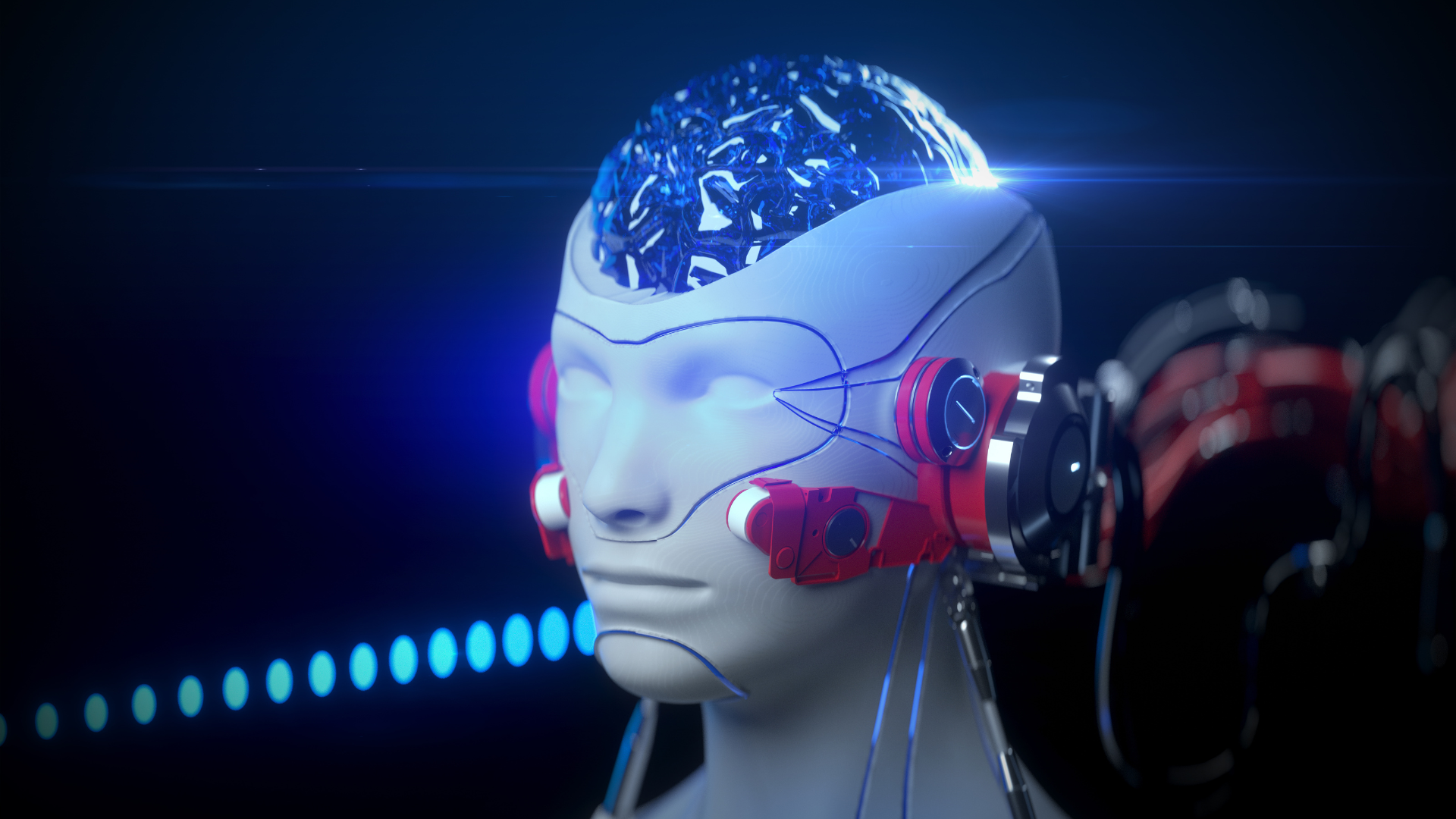Artificial intelligence (AI) is the general name given to any device that is able to act rationally and intelligently. AI is a process that attempts to replicate the brain function of these intelligent machines through the execution of certain algorithms. It is predicted to one day exceed human intelligence, but there’s a lot more to it than you might think.
The relationship between artificial intelligence and neuroscience is complex and valuable, but the two fields frequently bump up against each other.
AI has become something of a buzzword over the past few years, but what exactly does it mean? Unlike robots, which can be defined in terms of physical capabilities or designed to perform specific tasks, it is the ability of a computer to mimic human learning and cognitive function. Primarily, AI involves machines teaching themselves to perform tasks that they have not been specifically programmed to do.
There is no doubt that robots are likely to become smarter, but the question remains whether we “are” them, which for neuroscience, is a question of self-awareness. For artificial intelligence, neuroscientists and neuroscientists think that AI will someday become self-aware, but they disagree on exactly which steps are needed to get there and when.
How Does Artificial Intelligence Work and How Is It Being Developed?
Artificial intelligence used to be a term you’d usually only hear uttered in science fiction novels. But it’s all around us. It’s in smart speakers, in our home assistants, in our smartphones, and even in our cars. It’s in smart glasses, smart tools, and smartwatches. There are dozens of consumer AI products on the market today, with new innovations constantly in development.
The basic idea of AI is to construct computers or machines which are capable of reasoning, decision-making, and problem-solving, all by simulating human intelligence. Some scientists and experts also refer to artificial intelligence as machine intelligence, cognitive computing, and computational intelligence.
What Are the Characteristics of AI?
Artificial intelligence is powering everything from home automation to self-driving cars, and an increased number of companies are developing and implementing AI technologies. As this technology becomes more ubiquitous, many people wonder what it is, how it’s developed, and what makes it different from traditional software.
Artificial intelligence is making a major impact on nearly every aspect of our lives. The technology is already embedded in everything from your phone to your car to your work devices. And as AI continues to evolve, it is even starting to contribute to areas once dominated by human thinking, such as health care and law.
What Is Neuroscience?
Neuroscience is the study of the nervous system. In a broader sense, it studies how the nervous system develops, perceives, responds, and adapts to its environment. Scientists who study the nervous system are known as neuroscientists. They combine their knowledge of physiology (how the body functions), anatomy (structure), molecular biology (the biology of genes), and a variety of other fields in order to tackle questions about the nervous system.
AI has made news headlines because of its numerous applications, including self-driving cars, intelligent robots, and voice assistants. However, one key technology still not as widely known is Neuroscience. Both AI and Neuroscience have applications in many different fields, including healthcare. Though we may not realize it, they are already at work in medical labs and hospitals.
Artificial Intelligence and Neuroscience are similar in many ways, but they still vary throughout their definitions. Artificial Intelligence refers to the ability to develop machines that can think and act in a capacity that is usually reserved for human beings. In contrast, Neuroscience is the scientific study of the nervous system, especially the brain. They have a long history of collaboration, as neuroscience has been applied to AI. However, while they are intertwined, the two are often siloed from each other.
The relationship between artificial intelligence and neuroscience, particularly brain-machine interfaces (BMIs), is becoming increasingly relevant. The combination of artificial intelligence with neuroscience has the potential to unlock new worlds for patients and researchers alike.
The advancements in AI have caused the neuroscientific community to reevaluate its theories and tools to more effectively approach questions of psychology. The field of neuroscience is focused on understanding the brain and understanding how the brain interacts with the environment and the body. With advancements in AI, scientists are now able better to study the brain at a more granular level while simultaneously being able to model the mechanisms of neurons and networks.
The better we understand ourselves, the better we will understand our interactions with AI. The two fields are complementary and interdependent. To write a good AI, we need a better understanding of the brain, and to build better brains, we need a better understanding of AI.


Leave a Reply